

Ben Zachariah
Move over, Patrol: New-era Ford Maverick SUV imagined
10 Hours Ago
Mercedes-Benz bills itself as the inventor of the car, and has a history of producing luxurious models under the much-vaunted three-pointed star. Perhaps less well-known are its historical joint ventures.

Contributor
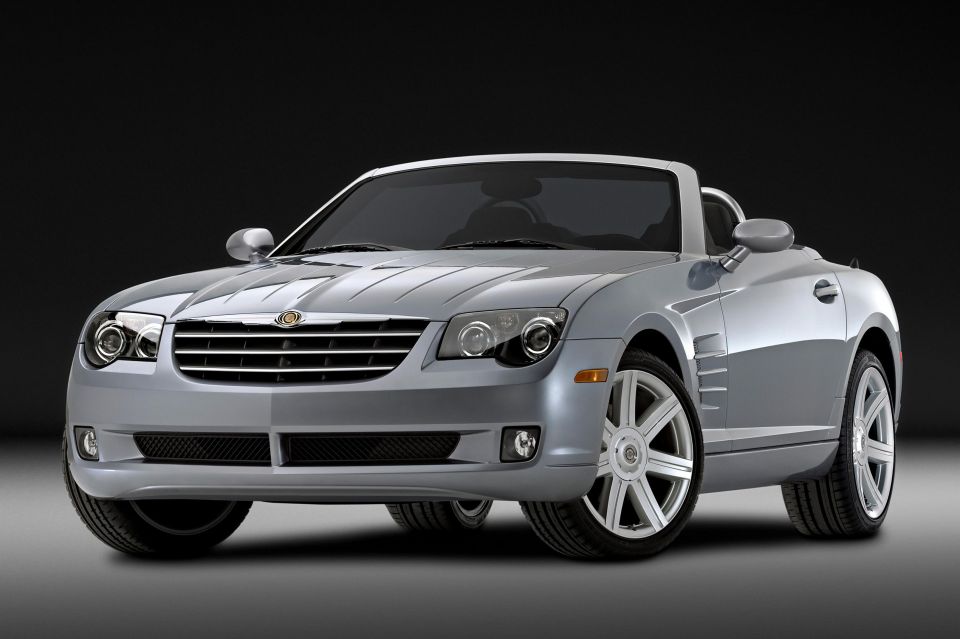

Contributor
The early history of the car is closely intertwined with the early history of Mercedes-Benz.
Mercedes claims its Benz Patent-Motorwagen, unveiled to the public in July 1886 and featuring a single cylinder 1.0-litre engine, was the world’s first production automobile.
The company has been responsible for countless innovations and advancements to the car since.
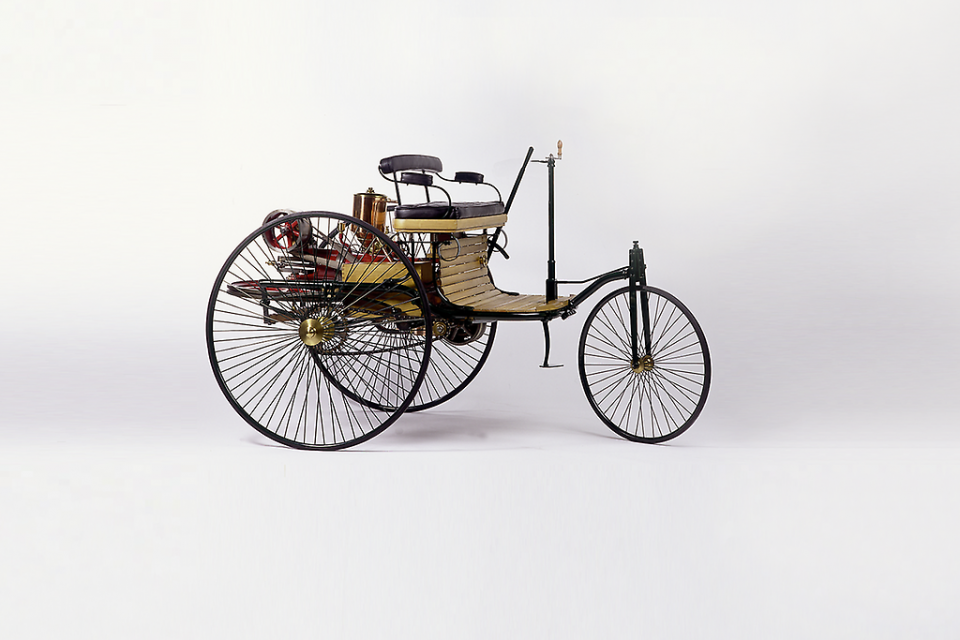
More recently, Mercedes-Benz is famous for models as varied as the Super-Leicht SL convertible and Sonderklasse S-Class limousine.
Less well known? The underpinnings of Mercedes-Benz branded models have been used in a wide range of cars wearing less premium badges.
Both Daimler and Chrysler were well established, household names by the 1990s, so the $US36 billion ‘merger of equals’ between the two (which in reality was Daimler purchasing Chrysler) brought hopes for increased sales and greater success from executives for both companies.
Daimler would utilise Chrysler’s presence and American network of dealerships to bolster its own success, whilst Chrysler would be able to make better cars for less with access to German Mercedes-Benz technology.
In an ideal world, the merger would have resulted in a relationship between Chrysler and Mercedes-Benz much like Toyota and Lexus, or Hyundai and Genesis.
Underneath, the two would share similar chassis and powertrain components, but Chrysler would be marketed as the affordable, mainstream option. Mercedes-Benz would retain its positioning as the luxury brand at the top of the tree.
Unfortunately, cultural differences, a misaligned strategy. and reluctance by Mercedes-Benz to share technology meant the merger was a failure.
Chrysler began to lose money, resulting in Daimler divesting its share to private equity firm Cerberus Capital Management in 2007, and paving the way for it to merge with Fiat (as Fiat Chrysler Automobiles) following the Global Financial Crisis.
Despite Mercedes-Benz’s reluctance to share technology, there were nevertheless some Chrysler models that raided the parts bin.
Take the Chrysler Crossfire. On sale between 2004 and 2008, the Crossfire was effectively a first-generation Mercedes-Benz SLK in a new body.
Assembled by German coach builder Karmann – the same firm behind the Beetle-based Karmann Ghia – the Crossfire shared its R170 platform and V6 powertrain, along with big chunks of its interior, with its SLK cousin.

On the face of it the Crossfire was a bargain, offering Mercedes-Benz bones without the hefty price tag.
It was even manufactured in Germany before being exported around the world.
Unfortunately, Mercedes-Benz introduced the second-generation SLK based on a new platform and with significantly upgraded mechanicals the following year, relegating its Crossfire cousin to also-ran status.
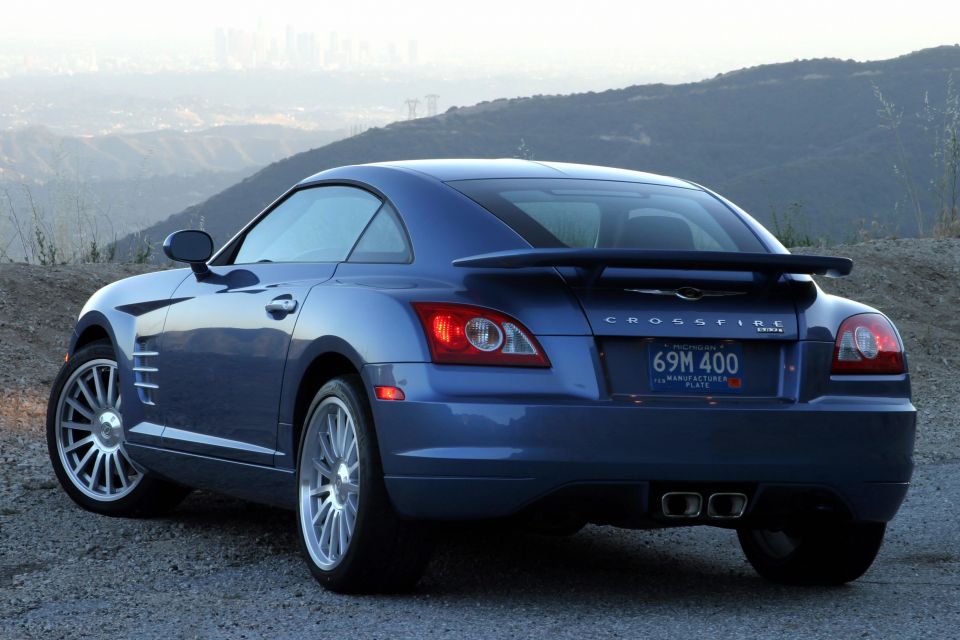
Not helped by its ungainly styling, especially the tail, consumers favoured the real deal over the budget Crossfire and sales faltered, with annual production averaging less than 20,000 units per year.
The Crossfire was far from the only Chrysler to share German DNA.
Other models developed during the DaimlerChrysler era (and still on sale today, albeit in heavily upgraded form) included the Chrysler 300C, Dodge Charger, and Dodge Challenger.
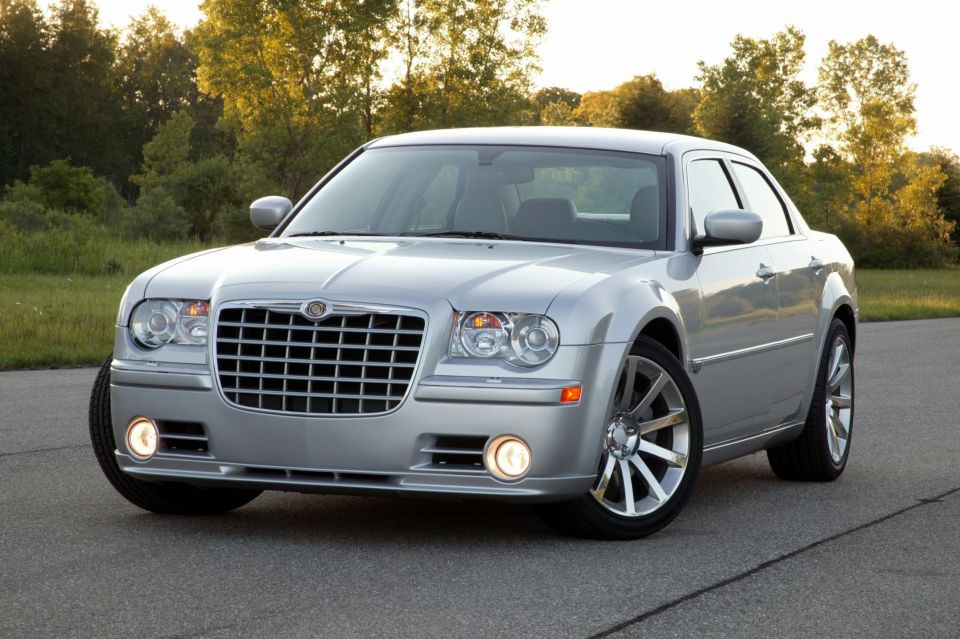
These models all share the Chrysler LX platform, which borrowed certain technologies from Mercedes-Benz, including suspension and differential components from the W211 E-Class and W220 S-Class.
SsangYong today is Korea’s third, oft-forgotten carmaker, with a smaller footprint and market presence than Hyundai and Kia.
Its early cars, however, aimed to replicate the feel of a traditional Mercedes-Benz sedan for a lower price, and were the product of a partnership between the firms before the Daimler-Chrysler merger.
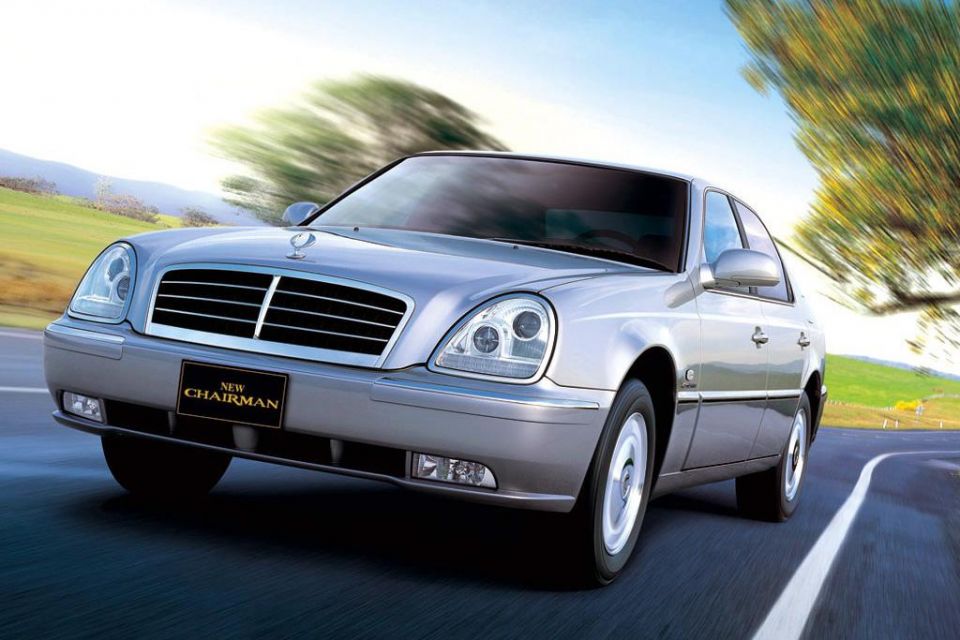
The best example of this is the SsangYong Chairman. Sold in Australia between 2005 and 2008 with a price starting at $56,990, the Chairman used the W124 E-Class (produced from 1984-1995) as its basis.
SsangYong was able to license large chunks of that car from Mercedes-Benz, and consequently stretched its wheelbase while retaining other mechanical bits to produce a Franken-car blending E-Class underpinnings with an S-Class-sized body.
Although the mechanicals were borrowed from old Mercedes-Benz vehicles, interior quality reportedly did not compare. In Australia, the Chairman sold poorly.
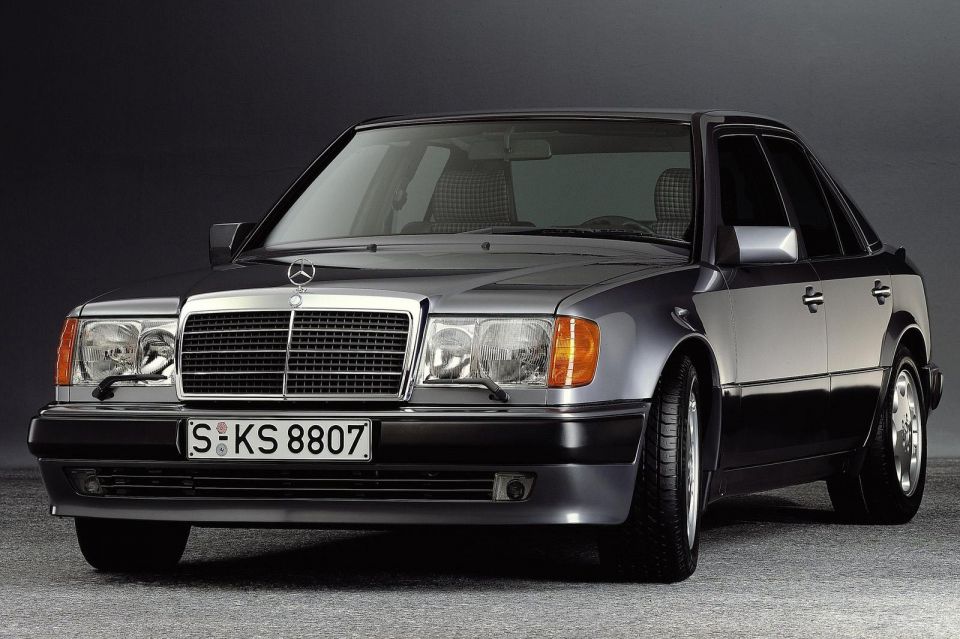
Today the Musso nameplate is used for a line of utes, but the badge was originally applied to a line of SUVs sold in Australia during the mid-late ’90s.
Although the Musso vaguely resembled the original Range Rover from some angles and was capable off-road, it shared engines with a variety of Mercedes-Benz models.
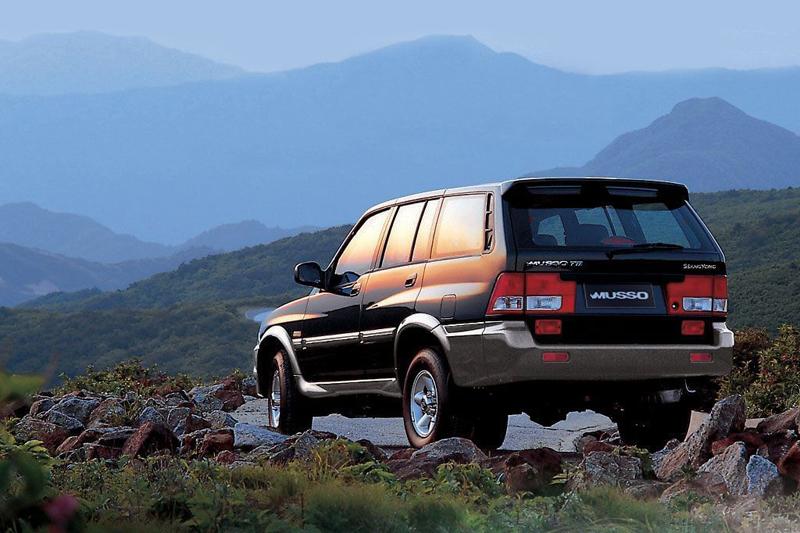
For a brief period of time in Australia, the Musso was sold with Mercedes-Benz badges through the Mercedes dealer network.
Pagani is an exclusive Italian supercar manufacturer that makes Ferrari and Lamborghini seem commonplace.
Although the manufacturer uses bespoke materials such as carbo-titanium to make the body and fashions an in-house interior, Mercedes-AMG has been its long-time engine supplier for the brand.
Designed exclusively for Pagani, the engine is a 6.0-litre V12 producing 616kW and a whopping 1100Nm of torque in the latest Pagani Imola.

Far deeper than Mercedes-Benz’s collaboration with Pagani is its relationship with Aston Martin.
Having previously shared engines, the two companies announced they had created a strategic technology agreement, with Mercedes-Benz planning to take a 20 per cent stake in Aston Martin, and former Mercedes-AMG CEO Tobias Moers becoming Aston Martin CEO.
The partnership previously led to models such as the Vantage, DB11 V8, and the the DBX, sharing engines and infotainment technology with their German cousins.
These models don’t use the latest Mercedes MBUX infotainment system, instead sticking with the older COMAND system and its rotary dial.
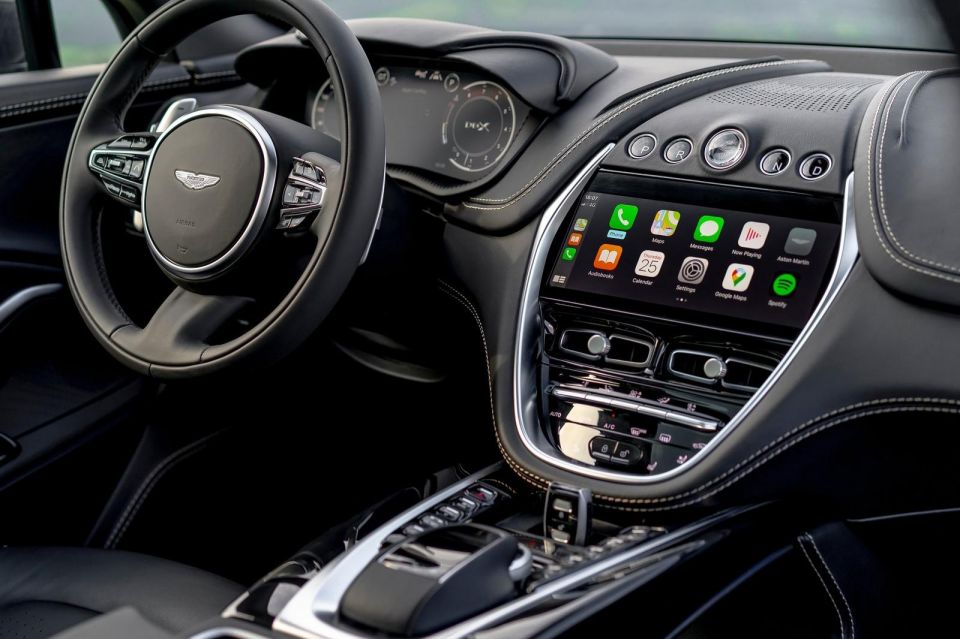
What’s your favourite Mercedes-Benz partnership?
Where expert car reviews meet expert car buying – CarExpert gives you trusted advice, personalised service and real savings on your next new car.


Ben Zachariah
10 Hours Ago


Damion Smy
11 Hours Ago
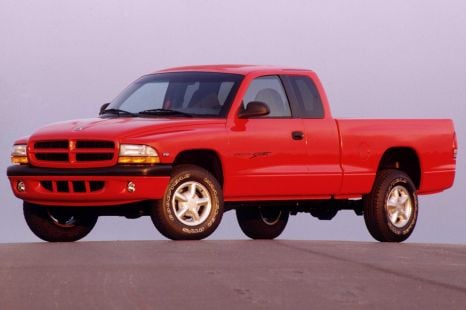

Derek Fung
11 Hours Ago
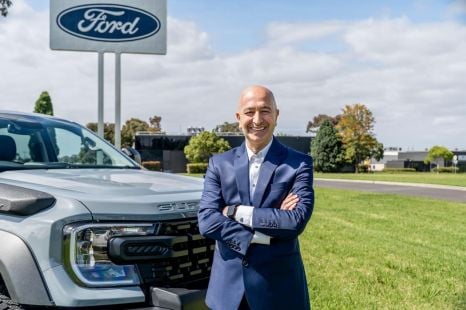

Ben Zachariah
12 Hours Ago
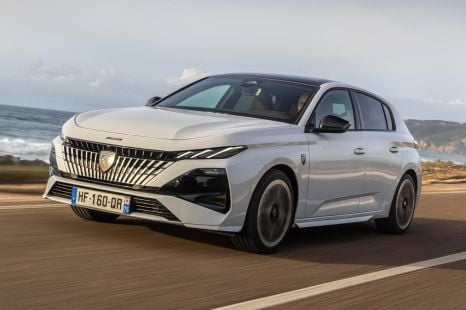

Matt Robinson
18 Hours Ago
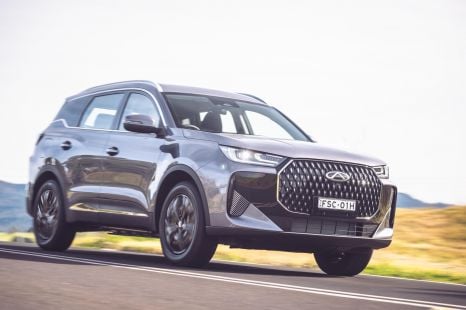

CarExpert.com.au
1 Day Ago